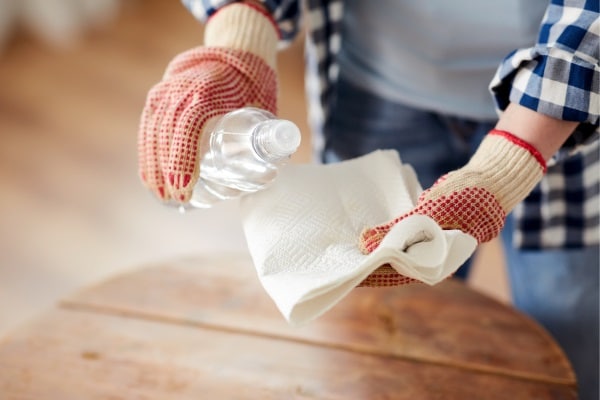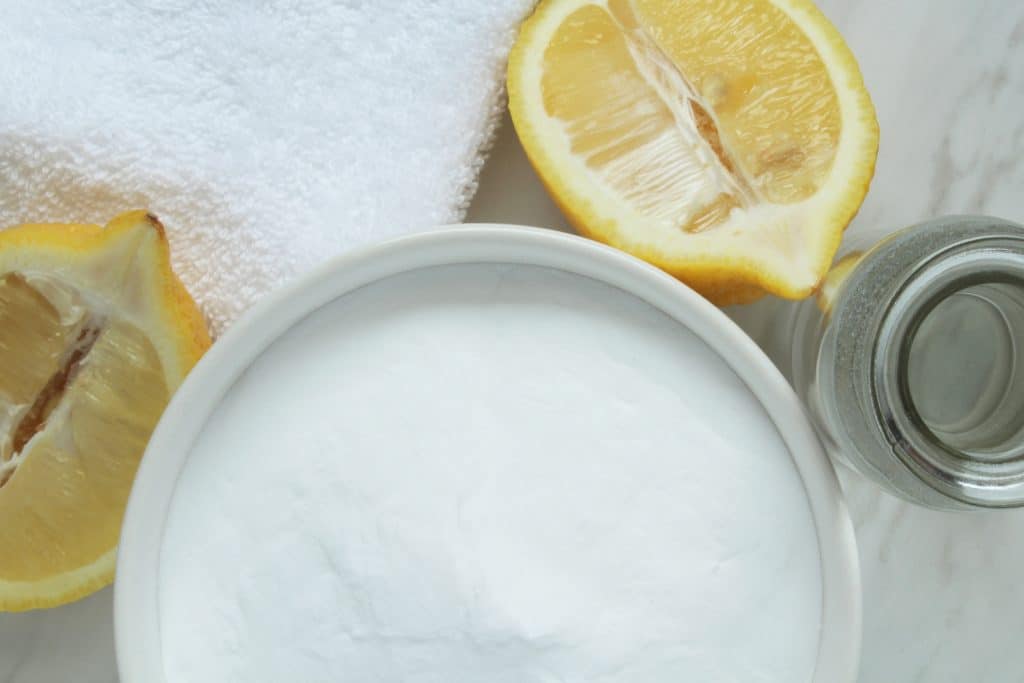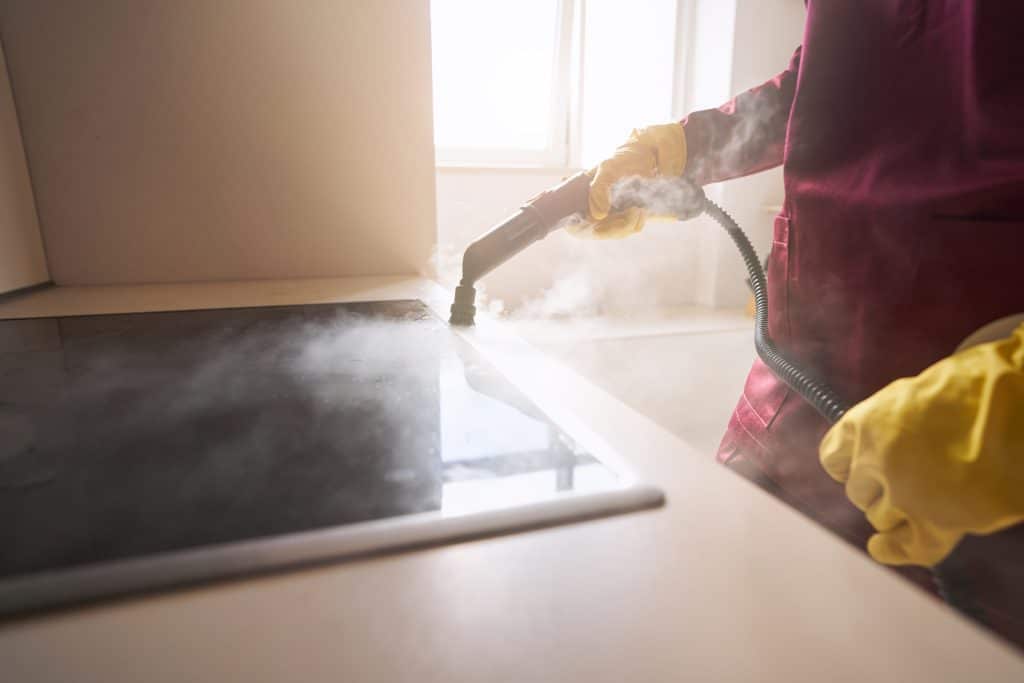The battle against stubborn grease on hard surfaces is one that many know all too well. Whether it’s the kitchen countertop, the garage floor, or even the bathroom tiles, grease can be a pesky opponent. But fear not because getting rid of this unwelcome guest is easier than you might think. This post will guide you through various methods to dissolve grease effectively, from understanding the science behind it to exploring both natural and commercial solutions. So, if you’re tired of scrubbing with little to no results, read on to discover techniques that will make your surfaces gleam like new.
Contents
The Science Behind Grease

Grease is not just an unsightly stain; it’s a complex substance that requires a bit of scientific understanding for effective removal. Composed of oils and fats, grease has a knack for adhering to surfaces due to its molecular structure. When grease comes into contact with a surface, it forms a bond that’s not easily broken by water alone. Understanding this science is the first step in choosing the proper cleaning method for your needs.
Armed with the knowledge of what you’re up against, you’re better prepared to tackle the grease problem head-on. Knowing the enemy, as they say, is half the battle won. So, before you grab that sponge and bucket, take a moment to consider what you’re dealing with. This will help you select the most effective method for your specific grease dilemma, saving you both time and effort.
The Power Of Hot Water

Hot water is more than just a comfort during cold mornings; it’s also a powerful tool against grease. The heat from the water works to loosen the molecular bonds that grease forms with surfaces, making it easier to wipe away. Think of it as softening the enemy lines before launching your full-scale cleaning attack. Hot water is especially effective on metal surfaces like pots, pans, and sinks.
However, using hot water isn’t as simple as turning on the tap and hoping for the best. For optimal results, it’s crucial to use hot water at the right temperature—usually around 130 to 160 degrees Fahrenheit. Apply the hot water directly to the greasy area and let it sit for a few minutes to break down the grease. But be cautious: hot water can cause burns or damage sensitive surfaces, so always handle it carefully and test a small area first.
Dish Soap: Your First Line Of Defense

Dish soap is often the go-to solution for grease removal, and for good reason. The surfactants in dish soap are designed to break down oils and fats, effectively lifting grease off surfaces. When applied correctly, dish soap can make quick work of even the most stubborn grease stains, leaving your surfaces sparkling clean.
To maximize the effectiveness of dish soap, it’s essential to use it in the right way. Apply a generous amount of soap directly to the greasy area and let it sit for a few minutes. Then, use a scrubbing brush or sponge to work the soap into the stain, breaking down the grease further. Rinse thoroughly with hot water to remove any soap residue. For tougher stains, you may need to repeat the process. But remember, not all surfaces are compatible with dish soap, so always read the manufacturer’s guidelines before proceeding.
Vinegar: The Natural Alternative

Vinegar is more than just a kitchen staple; it’s a natural cleaner with the power to break down grease. The acidity of vinegar works to dissolve the bonds that grease forms with surfaces, making it easier to wipe away. This makes vinegar an excellent choice for those who prefer to avoid commercial cleaning products. It’s particularly effective on glass and ceramic surfaces, where it can also leave a streak-free shine.
However, vinegar isn’t a one-size-fits-all solution. While it’s effective on many surfaces, it can damage natural stone like marble and some types of wood. Always test a small, inconspicuous area before applying vinegar liberally. And don’t forget to dilute it with water for a milder cleaning solution. Use a spray bottle for easy application, let it sit for a few minutes, then scrub away the grease.
Commercial Degreasers: When You Mean Business

Sometimes, the grease is so stubborn that you need to bring in the heavy artillery: commercial degreasers. These products are specifically formulated to break down grease quickly and effectively. They contain powerful agents that can dissolve grease almost on contact, making them ideal for industrial settings or particularly challenging household stains.
Using a commercial degreaser requires careful attention to safety. Always read the manufacturer’s instructions and take necessary precautions like wearing gloves and ensuring good ventilation. Apply the degreaser according to the guidelines, usually by spraying it directly onto the greasy surface. Allow it to sit for the recommended time, and then wipe or scrub away the grease. Make sure to rinse thoroughly to remove any chemical residue.
Baking Soda And Lemon: The DIY Method

If you’re a fan of DIY solutions, the combination of baking soda and lemon can be a game-changer. Baking soda acts as a mild abrasive that helps to scrub away grease, while lemon’s citric acid works to break it down. Together, they form a potent, natural degreaser that’s also eco-friendly.
To use this method, make a paste of baking soda and lemon juice. Apply this mixture to the greasy area and let it sit for a few minutes. The baking soda will help to loosen the grease, while the lemon juice will work to dissolve it. After letting it sit, scrub the area with a brush or sponge. This method is particularly useful for cleaning greasy stovetops and kitchen counters, but always test a small area first to ensure it doesn’t damage the surface.
Steam Cleaning: For The Tough Spots

For those hard-to-reach or exceptionally stubborn grease spots, steam cleaning can be the ultimate solution. The high-pressure steam not only loosens the grease but also sanitizes the area, killing bacteria and germs. This makes it an excellent choice for areas like kitchen hoods or car engines, where grease tends to accumulate over time.
However, steam cleaning comes with its own set of precautions. The high temperature of the steam can cause burns or damage certain surfaces. Always read the manufacturer’s guidelines for your steam cleaner and test a small area first. Use protective gear like gloves and goggles, and keep children and pets away from the area being cleaned.
You’re Ready To Tackle Grease Head On!
Equipped with a diverse set of grease-eliminating strategies, tackling even the most stubborn stains has never been easier. From the natural potency of vinegar to the industrial strength of commercial degreasers, you have a full arsenal at your disposal. It’s time to roll up those sleeves and transform those greasy surfaces into gleaming masterpieces. No more dreading the kitchen cleanup or the garage overhaul; you’re ready to take action and reclaim your space!



